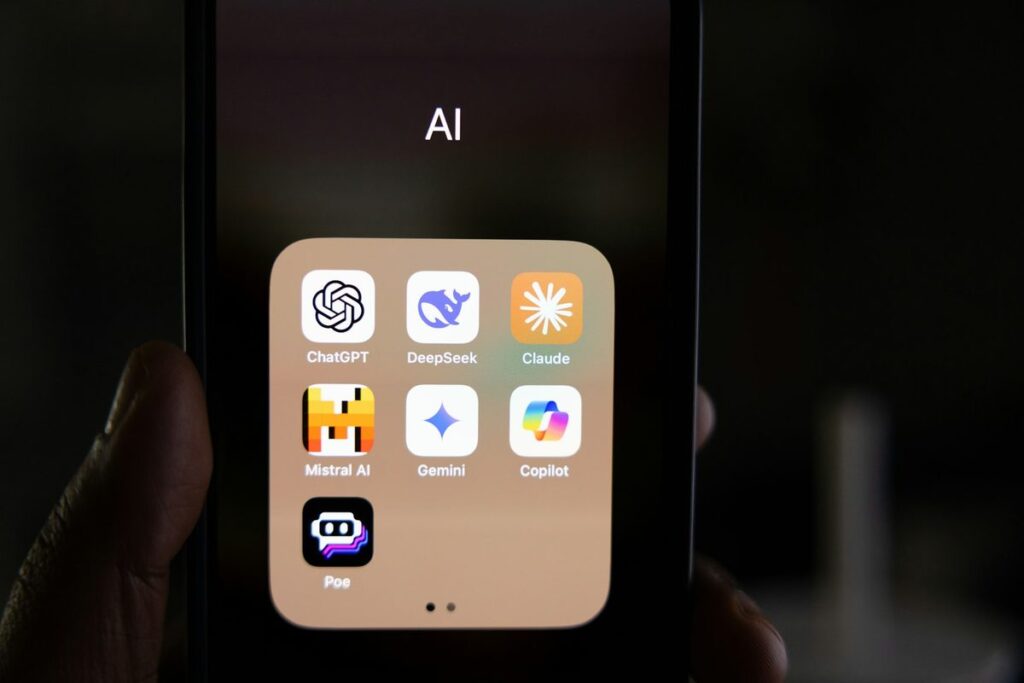Microsoft’s recent enhancement to Visual Studio Code through the introduction of an automatic AI model selector for GitHub Copilot has drawn significant attention from industry analysts and users alike. The implementation of this selector represents a strategic move by Microsoft to optimize the user experience and performance of its developer tools. At the core of this innovation is a deliberate push towards leveraging Anthropic’s Claude 4 Sonnet as the primary model, thereby prioritizing it over OpenAI’s GPT-5 for most users. This raises critical questions about tool efficiency, scalability, and the long-term implications for businesses and developers.
The new automatic selector evaluates multiple AI models, such as Claude 4 Sonnet and its counterparts, providing a tailored experience based on performance metrics. While users of the free version of GitHub Copilot retain the option to manually choose from available models, paid subscribers see a default to Claude 4 Sonnet. Internally, Microsoft has been encouraging its developers to adopt this model, suggesting that extensive benchmarking has favored Claude 4 Sonnet for tasks closely associated with GitHub Copilot functionalities. Thus, the decision reflects a commitment to quality and performance backed by data, rather than mere preference.
One significant advantage of relying on a model like Claude 4 Sonnet over OpenAI’s offerings lies in performance metrics specific to tasks related to software development. Early testing has indicated that Claude 4 Sonnet excels in syntactic and semantic understanding of code, resulting in higher accuracy and efficiency. On the other hand, GPT-5, while innovative, shows potential weaknesses in the same parameters. Therefore, if a company invests in tools that yield higher accuracy rates, the return on investment (ROI) can be substantially superior, especially for businesses with heavy reliance on code completion and troubleshooting.
Cost factors also play a crucial role in influencing decisions about AI and automation tools. Anthropic’s Claude 4 Sonnet may have different pricing tiers compared to OpenAI’s models. A business should conduct a thorough cost-benefit analysis that encompasses not only the model prices but also the potential cost savings associated with improved productivity. For example, if developers can complete their work in fewer hours owing to superior AI assistance, the overall resource allocation becomes more efficient. The direct relationship between costs associated with model selection and the operational efficiencies it creates underscores the importance of conducting rigorous financial assessments when choosing an AI model.
Scalability is another vital factor that SMB leaders must consider when choosing between platforms. As organizations grow, the tools they use must adapt to increased workloads and more complex demands. Microsoft’s strategic alignment with Anthropic, alongside its in-house AI developments, indicates a long-term commitment to scalability. This positions Claude 4 Sonnet not just as a temporary solution, but as a pivotal component of an evolving ecosystem that can smoothly accommodate future growth. On the contrary, businesses reliant solely on OpenAI’s model without a scalable plan may face challenges as their needs diversify.
Comparing broader market players like Make and Zapier illustrates additional considerations in terms of service offerings. While Make allows for extensive customization and integration with a variety of applications, Zapier simplifies automation tasks with a user-friendly interface. However, the choice between these two must adhere to specific business imperatives. Businesses focused on complex workflow automation might turn to Make, despite its potentially steeper learning curve, while those requiring quicker implementations might gravitate towards Zapier. This comparison underscores the importance of aligning operational needs with the capabilities of automation tools, which warrants focused scrutiny by SMB leaders.
Ultimately, both AI and automation platforms present opportunities for significant transformation within businesses. Decisions concerning which tools to implement should rest on an analysis encompassing not only immediate needs but also on long-term viability and strategic alignment. The qualities of responsiveness, adaptability, and support for future growth should remain at the forefront of any evaluation process.
In conclusion, as organizations seek to leverage AI and automation to enhance operational efficiencies, focusing on model strengths, costs, scalability, and user experiences will determine long-term success. Microsoft’s endorsement of Claude 4 Sonnet exemplifies a broader movement in the field towards more performance-driven choices, reinforcing the necessity of data-backed decision-making across the industry.
FlowMind AI Insight: In a rapidly evolving technological landscape, choosing the right AI model can drive substantial growth and efficiency. Businesses must remain vigilant in evaluating their choices not only on current performance but also on future adaptability to maximize ROI and support scalability.
Original article: Read here
2025-09-17 07:47:00

